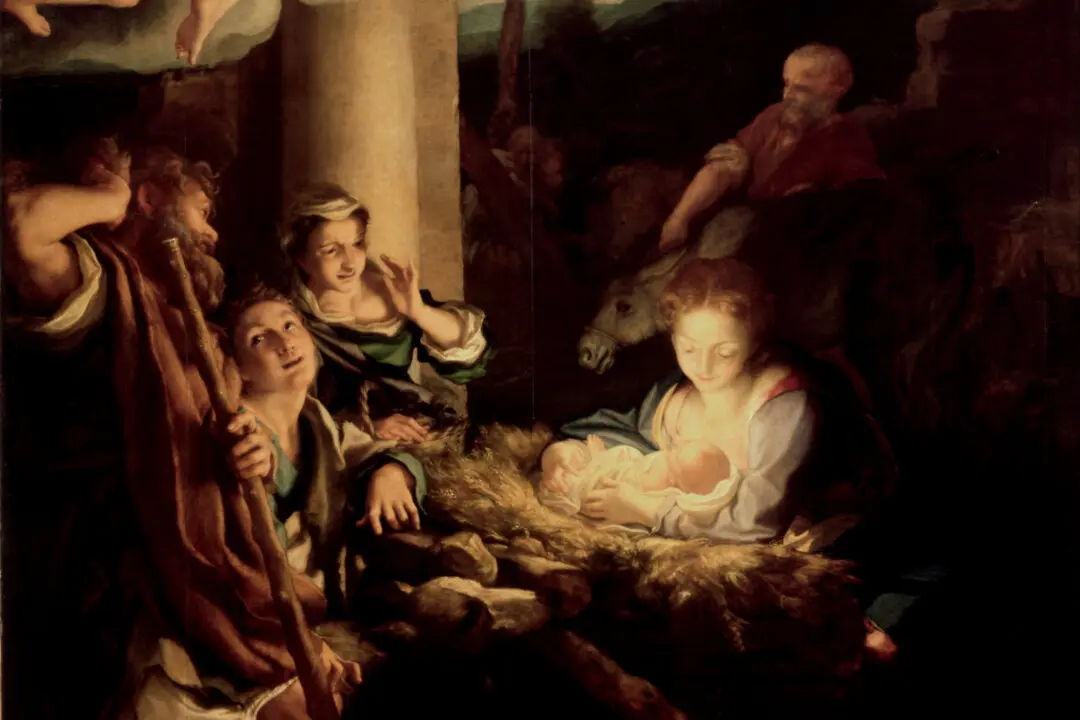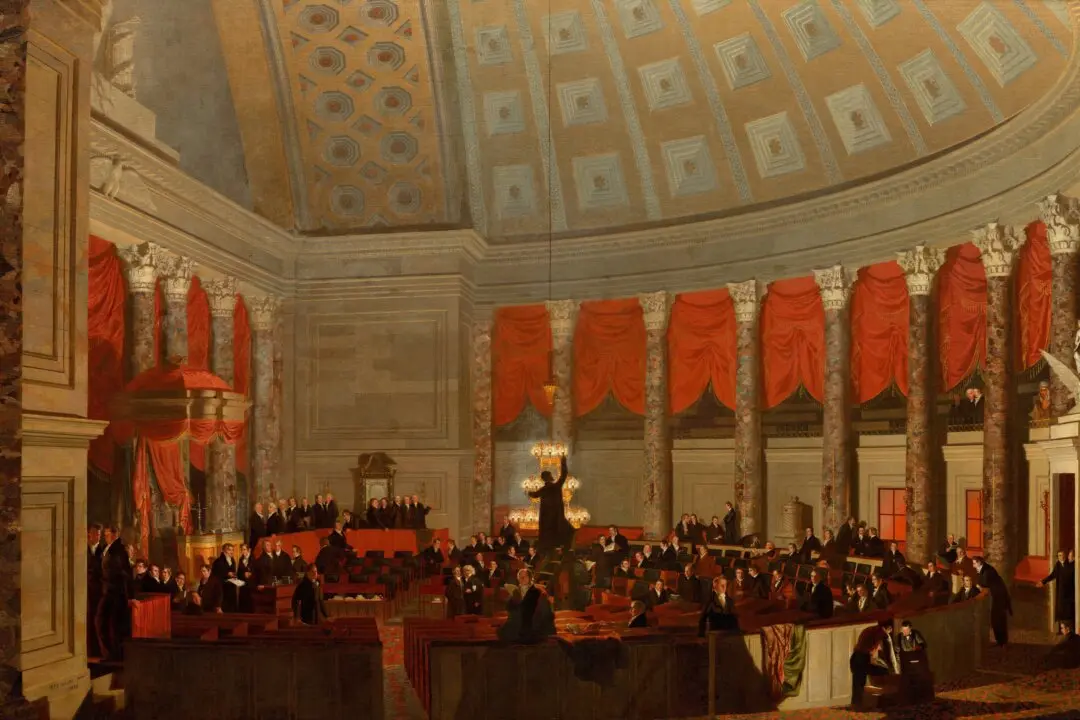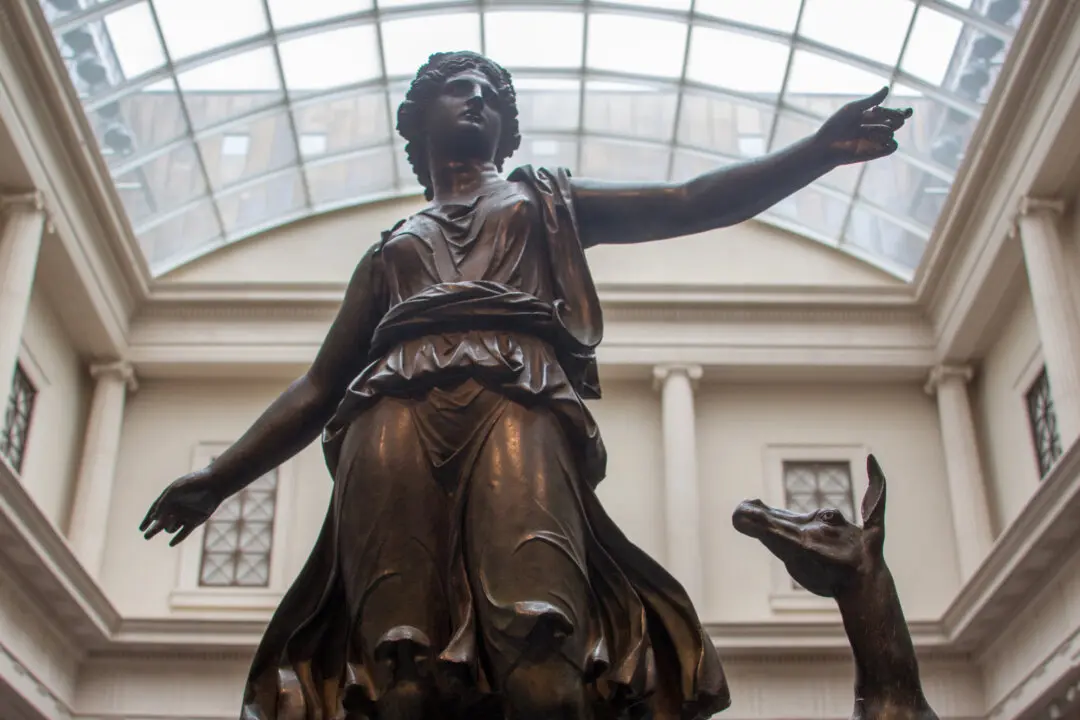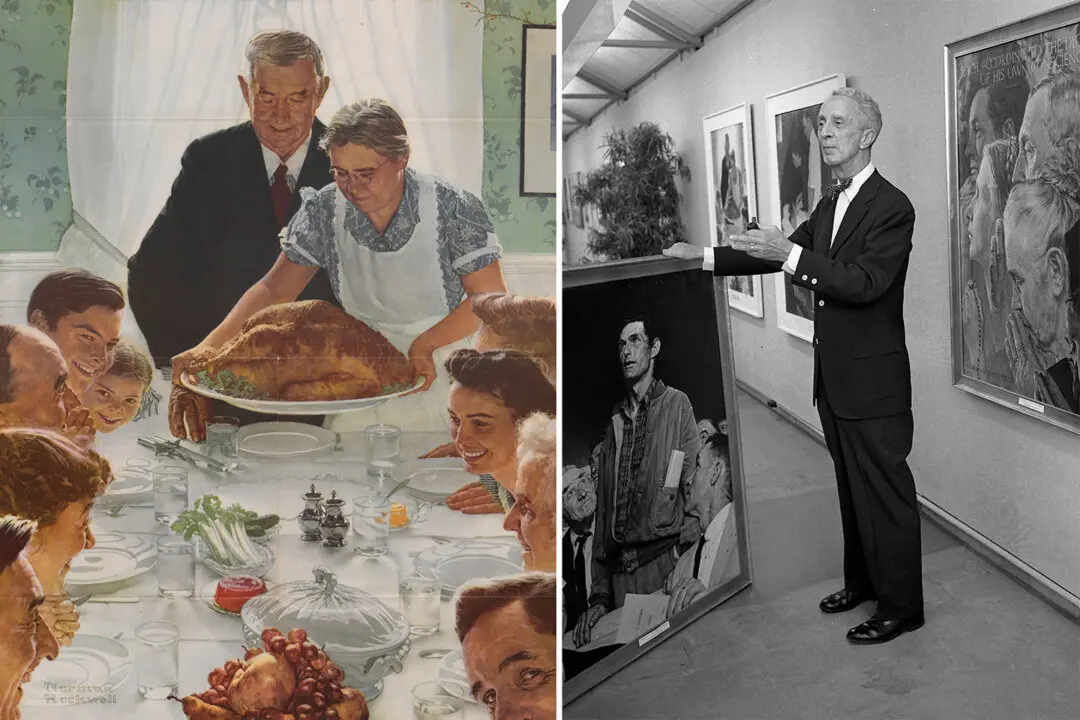At the crossroads of the shift from the medieval International Gothic style to the Early Italian Renaissance period was the artist Paolo Uccello (circa 1397–1475). According to Renaissance art historian Giorgio Vasari, Uccello was obsessed with perspective, which was a fairly recent discovery in his era. This key technique of the Renaissance uses lines to create the illusion of three-dimensional objects or spaces in a two dimensional medium. While Uccello’s work showcases his exploration of this practice, his art maintains a decorative courtly elegance, a hallmark of International Gothic.
Today, Uccello is best-known for his series of paintings depicting the 1432 Battle of San Romano. This conflict over the port of Pisa, Italy was fought between Florence, who won, and the allied Lucca, Milan, and Siena. Uccello created three large, complex paintings that are now housed respectively in three different museums: the National Gallery in London, the Uffizi in Florence, and the Louvre in Paris. Though the colors and details of each have degraded over the centuries, they remain dynamic, fascinating works of art.





